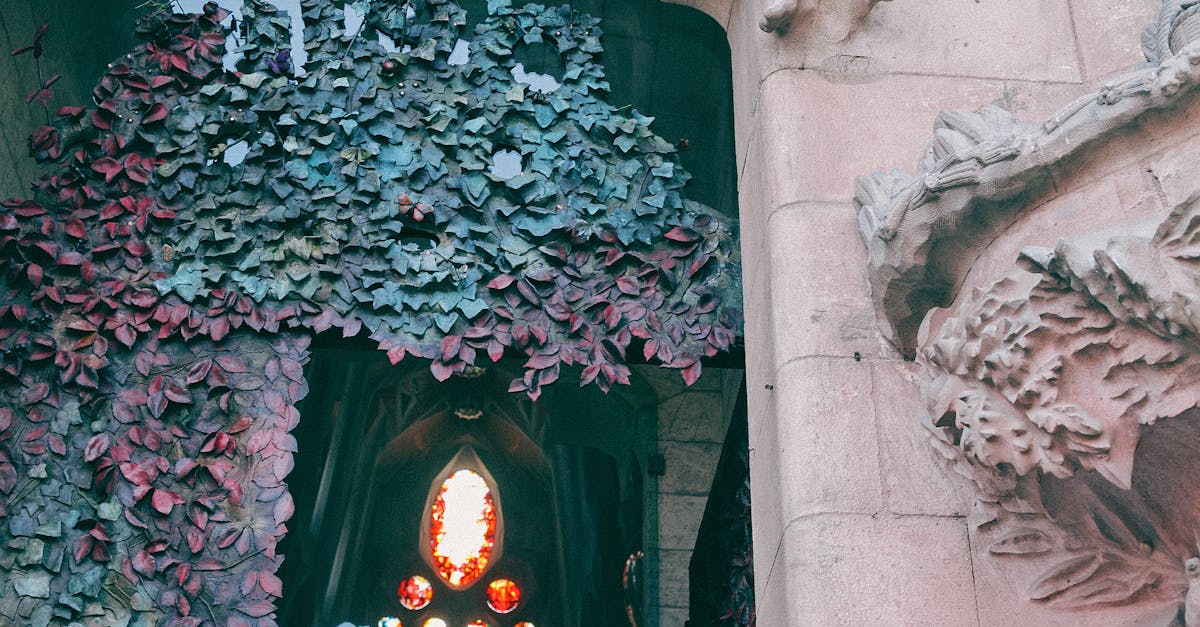Sculpting is a timeless art form that allows artists to bring their creative visions to life through various materials and techniques. Whether you’re sculpting figurative pieces that capture the human form in exquisite detail, crafting abstract sculptures that challenge perceptions, or working with ceramics and plaster to create unique textures and forms, having the right tools and mastery of techniques is crucial. In this article, we will explore 14 essential tools and techniques that every sculptor should know when working in figurative sculpture, abstract sculpture, ceramics, plaster, and beyond.
1. Armature: An armature is a framework or skeleton that provides the underlying structure for your sculpture. It is essential for supporting your piece and ensuring its stability as you work on it.
2. Modeling tools: Modeling tools come in a variety of shapes and sizes and are used to manipulate and shape the material you are working with, whether it’s clay, wax, plaster, or other sculpting mediums.
3. Clay sculpting tools: If you are working with clay, having a set of clay sculpting tools is essential. These tools help you carve, shape, and smooth the clay to create intricate details and textures.
4. Carving tools: For sculptors working with materials like wood or stone, carving tools are indispensable. These tools allow you to remove material and carve out the desired shape with precision.
5. Chisels and mallets: Chisels and mallets are commonly used in sculpting materials like marble, granite, and soapstone. The chisel is used to chip away at the material, while the mallet provides the force needed to make clean, precise cuts.
6. Sanding tools: Sanding tools are essential for smoothing out rough surfaces and refining details in your sculpture. They come in various grits to achieve different levels of smoothness.
7. Welding equipment: For sculptors working with metals like steel or bronze, welding equipment is necessary for joining pieces together securely. It allows for intricate metal sculptures with structural integrity.
8. Kiln: If you’re working with ceramics, a kiln is an essential tool for firing your pieces. It heats the clay to high temperatures, transforming it into a durable, permanent material.
9. Glazing techniques: In ceramics, glazing is the process of applying a thin layer of glass to the surface of the pottery to enhance its visual appeal and durability. Understanding different glazing techniques is crucial for achieving the desired finish.
10. Plaster casting: Plaster is a versatile material that can be used for making molds and casts of sculptures. Understanding plaster casting techniques allows you to replicate your sculptures in multiples or create intricate textures.
11. Armature building for ceramics: When working with ceramics, creating an armature to support your clay structure is essential for preventing sagging or collapsing during the drying and firing processes.
12. Underglazing techniques: Underglazes are used in ceramics to add color and decorative elements to the surface of the clay before firing. Learning different underglazing techniques opens up a world of creative possibilities.
13. Texture tools: Texture tools come in various forms, such as stamps, rollers, and combs, and are used to create interesting textures and patterns on the surface of your sculptures.
14. Patina application: For metal sculptures, applying a patina can enhance the appearance of the metal and protect it from corrosion. Various techniques can be used to achieve different colors and finishes.
By mastering these essential tools and techniques, sculptors can elevate their craft and create stunning works of art in figurative sculpture, abstract sculpture, ceramics, plaster, and beyond. Experimenting with different materials and exploring new methods will not only enhance your skills but also push the boundaries of what is possible in the world of sculpting.


